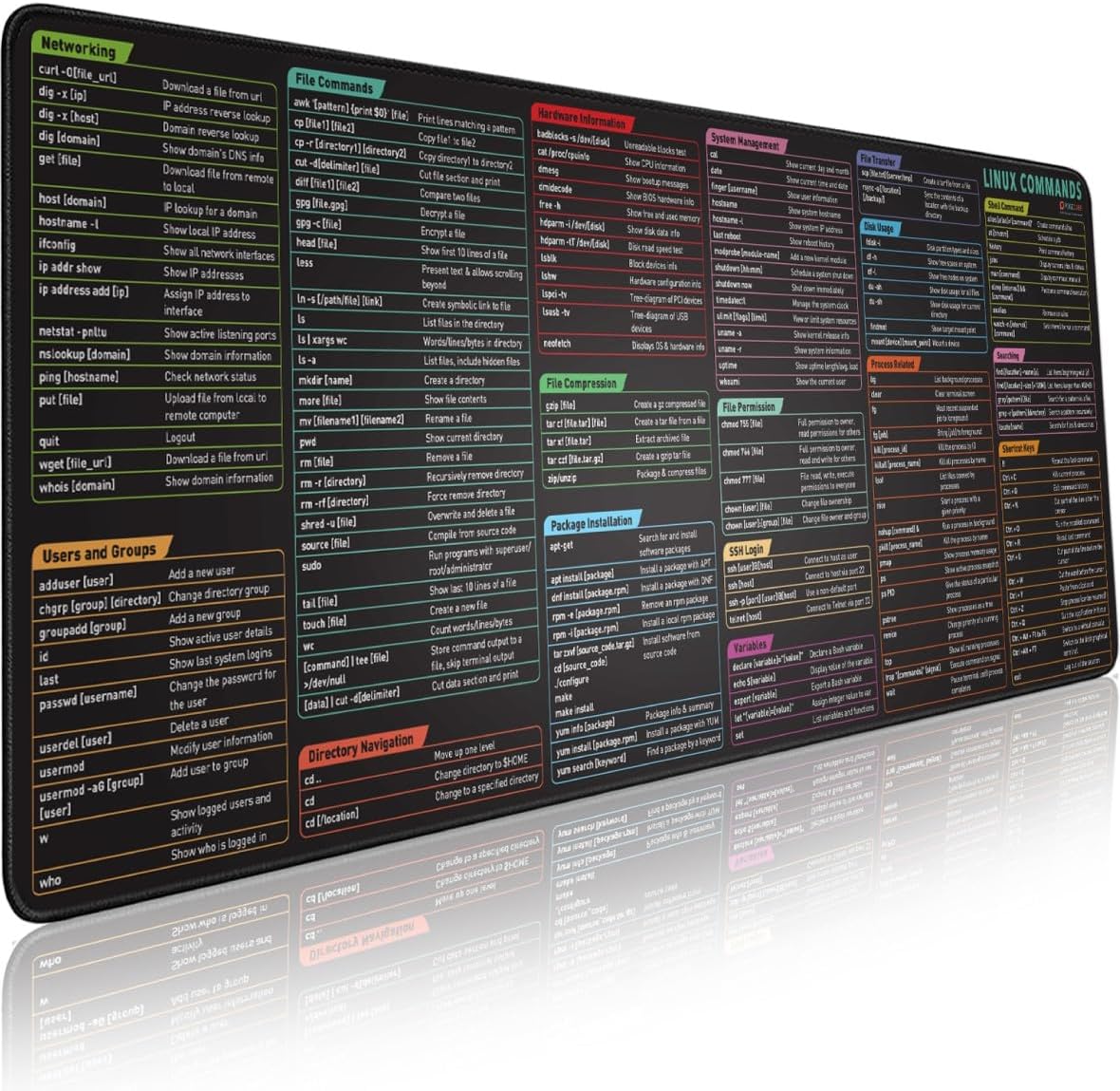Navigating IDOR Vulnerabilities: Understanding Insecure Direct Object References

In the realm of web application security, Insecure Direct Object References (IDOR) stand out as a critical category of vulnerabilities that are frequently underestimated yet pose substantial risks. This article is dedicated to unraveling the complexities of IDOR vulnerabilities, providing a comprehensive examination of their nature, the potential dangers they present, and the methods often employed by attackers to exploit these weaknesses.
At the heart of IDOR vulnerabilities is the issue of web applications granting direct access to objects based on user input. This flawed approach can inadvertently expose sensitive data or functionality to unauthorized users, thereby compromising the security of the application and its users. IDOR vulnerabilities occur when the control mechanisms for accessing direct references to internal implementation objects, such as database records, files, or directory paths, are inadequately protected or implemented.
The risk associated with IDOR vulnerabilities lies in their ability to provide attackers with unauthorized access to critical data or functions within an application. This could range from accessing other users’ personal data and manipulating account settings to potentially modifying or deleting sensitive information, all without proper authorization.
Throughout this article, we will dive into various scenarios where IDOR vulnerabilities typically manifest, drawing on real-world examples to illustrate their impact. Our exploration will not only help readers recognize the conditions that lead to these vulnerabilities but also understand how seemingly innocuous features in web applications can become gateways for exploitation.
Our goal is to equip developers, security professionals, and all stakeholders in web application development with the necessary insights to identify and effectively mitigate IDOR vulnerabilities. By deepening our understanding of these vulnerabilities, we can implement more robust and secure web applications, ensuring they are resilient against unauthorized access and manipulation.
Identifying and Understanding IDOR Vulnerabilities: Scenarios and Real-World Examples
In order to effectively combat Insecure Direct Object References (IDOR) vulnerabilities, it’s crucial to recognize the environments in which they typically emerge and understand their real-world implications. The BugBustersUnited community explores various scenarios that are commonly susceptible to IDOR vulnerabilities, alongside real-world examples that highlight their impact. This comprehensive exploration aims to equip readers with the knowledge to identify and address potential weaknesses in their web applications.
1. Scenario: User Profile Access and Modification
A common occurrence of IDOR vulnerabilities is found in user profile management systems. Here, IDOR can manifest when user-specific information, such as profile details, is accessed through direct references, like a user ID in the URL or request parameter.
Real-World Example: In a notable incident involving a social media platform, an IDOR vulnerability allowed users to view and edit other users’ profiles simply by altering the user ID in the URL. This breach led to unauthorized access to personal information and resulted in privacy violations.
Key Learning: Ensuring that user access is properly authenticated and authorized for each request is vital to prevent such vulnerabilities.
2. Scenario: File Access and Management Systems
File management features within applications are also prone to IDOR vulnerabilities, particularly when files or documents are directly referenced by their filenames or identifiers in the user interface.
Real-World Example: An online document storage service experienced a security breach due to an IDOR vulnerability. Attackers could access and download private documents by guessing or manipulating document identifiers in the URL, bypassing the intended access controls.
Key Learning: Implement robust access control checks and avoid exposing direct file references in user interfaces.
3. Scenario: E-commerce Order and Payment Details
E-commerce platforms are another area where IDOR vulnerabilities frequently occur, especially in features that handle order tracking or payment details.
Real-World Example: On an e-commerce site, an IDOR vulnerability allowed users to access and modify other customers’ order details by changing the order ID in the URL. This flaw led to unauthorized access to sensitive transaction information and posed a significant risk to customer trust and data integrity.
Key Learning: Ensure that each transaction or order request is rigorously verified against the user’s session to confirm authorization.
These scenarios and real-world examples demonstrate the diverse contexts in which IDOR vulnerabilities can arise and their potential to compromise application security significantly. Understanding these scenarios is a crucial step for developers and security professionals in identifying similar vulnerabilities in their applications. In the upcoming sections, we will delve into practical measures for detecting and mitigating IDOR vulnerabilities, highlighting strategies such as implementing proper access control checks and robust authorization frameworks.
Implementing Practical Measures to Mitigate IDOR Vulnerabilities
Addressing Insecure Direct Object References (IDOR) vulnerabilities effectively requires a combination of vigilance and strategic implementation of security measures. A key aspect of mitigating these vulnerabilities involves robust access control checks. This section explores practical steps and strategies that can be employed to detect and counteract IDOR vulnerabilities, with a focus on enhancing access control mechanisms in web applications.
1. Robust Access Control Checks:
Effective access control is paramount in preventing unauthorized access to objects in your application. It involves more than just authenticating users; it requires validating their authorization to access specific resources.
- Implementing Role-Based Access Control (RBAC): RBAC is a widely-used approach where access to resources is granted based on the roles assigned to users. It provides a structured way to allocate access rights, making it easier to control which users have access to which objects. Example: In a healthcare application, while all authenticated users may view their health records, only medical staff with specific roles should be able to access or modify other patients’ records. Implementing RBAC would ensure that a user cannot access another patient’s data simply by altering an ID in the URL.
- Dynamic Access Control Lists (ACLs): ACLs provide a more granular level of control, defining access rights for individual objects. They can be dynamically adjusted based on various factors like user attributes, context, and content sensitivity. Example: In a corporate document management system, access to specific documents can be controlled through ACLs, which are dynamically updated based on the user’s department, clearance level, and the document’s confidentiality status.
2. Regular Audits and Testing for Access Control Flaws:
Conducting regular security audits and testing is crucial in uncovering potential IDOR vulnerabilities.
- Penetration Testing: Engage in regular penetration testing, including tests specifically designed to uncover IDOR vulnerabilities. This involves simulating attacks that attempt to access or manipulate objects without proper authorization. Example: Using automated tools or manual techniques, testers try to access or modify resources by changing IDs or references in requests, checking if the system properly restricts access based on user authorization.
- Code Reviews and Static Analysis: Regularly review your application’s code to identify potential IDOR vulnerabilities. Static analysis tools can also be used to automatically detect security flaws in your code. Example: Review code that handles user requests for accessing objects, ensuring that proper authorization checks are in place every time an object is accessed or modified.
Implementing robust access control checks is a crucial step in mitigating the risk of IDOR vulnerabilities. By ensuring that users are not only authenticated but also authorized for each action, applications can prevent unauthorized access to sensitive resources. Coupled with regular audits and testing, these measures form a comprehensive approach to securing applications against IDOR attacks. In the next section, we will continue to explore additional strategies for enhancing application security to guard against IDOR vulnerabilities.
Adopting Comprehensive Authorization Frameworks to Strengthen Security
In addition to robust access control checks, a critical component of defending against Insecure Direct Object References (IDOR) vulnerabilities is the implementation of a comprehensive authorization framework. Such frameworks play a vital role in ensuring that every request to a web application is both authenticated and authorized. This section explores the significance of these frameworks and provides examples to demonstrate how they can be effectively integrated into web applications to enhance security.
1. Comprehensive Authorization Frameworks:
A well-designed authorization framework goes beyond mere user authentication. It systematically evaluates the user’s permissions and roles, determining whether they are allowed to perform the requested action on a specific resource.
- Implementing Authorization at Every Level: Ensure that authorization checks are performed consistently throughout the application, not just at the initial login or entry points.Example: In an online banking application, implement checks not only during the login process but also for each transaction or account access. For instance, when a user requests to view a statement or initiate a transfer, the application should verify that the user has the appropriate permissions for these actions.
2. Leveraging Authorization Protocols and Standards:
Using established protocols and standards can greatly enhance the authorization process.
- OAuth and OpenID Connect: These are widely-used standards for authorization and authentication. OAuth provides delegated access, allowing applications to access resources on behalf of the user, while OpenID Connect adds an authentication layer on top of OAuth.Example: An e-commerce site can use OAuth to allow users to log in via their social media accounts. After authentication, the site uses OAuth tokens to determine what user data it can access from the social media platform, ensuring actions are performed within the user’s permission scope.
3. Regular Updates and Review of Authorization Logic:
Maintaining the integrity of an authorization framework requires regular reviews and updates, ensuring it adapts to new security challenges and changes within the application.
- Periodic Security Audits: Conduct regular audits of your authorization logic to identify potential gaps or weaknesses.Example: Regularly review user roles and permissions in your application, especially after updates or changes to functionality. Ensure new features or resources are integrated into the existing authorization framework without creating vulnerabilities.
Adopting a comprehensive authorization framework is essential in safeguarding web applications against IDOR vulnerabilities. By ensuring that each request is properly authenticated and authorized, applications can significantly reduce the risk of unauthorized access and manipulation. Coupled with robust access control checks and regular security reviews, a well-implemented authorization framework forms a critical part of a holistic security strategy. In our final section, we will summarize key takeaways and offer additional insights for further enhancing application security against IDOR and related vulnerabilities.
Empowering the BugBustersUnited Community Against IDOR Threats
As we reach the conclusion of our comprehensive exploration into Insecure Direct Object References (IDOR) vulnerabilities, we trust that the BugBustersUnited community is now better equipped with a deeper understanding of these security challenges. This article has been meticulously crafted to not only educate but also provide practical solutions to address and prevent IDOR vulnerabilities, a prevalent issue in today’s web applications.
Throughout this guide, we have delved into the nuances of how IDOR occurs, its potential risks, and the common techniques used for its exploitation. More importantly, we have focused on actionable strategies, including the implementation of robust access control checks and comprehensive authorization frameworks. These measures are integral in validating user permissions and safeguarding applications from unauthorized access and manipulation.
This guide is designed to serve as an invaluable resource for a diverse audience – web developers, security professionals, IT practitioners, and bug bounty hunters. Whether you are involved in the development, maintenance, or security of web applications, the insights provided here are intended to empower you with the knowledge and tools necessary to reinforce your applications against IDOR vulnerabilities. By applying these strategies, you can significantly enhance the overall security and integrity of your digital platforms.
At BugBustersUnited, we strongly believe in the power of community engagement and shared learning. We encourage you to share your thoughts, experiences, and suggestions regarding this article and the topic of IDOR vulnerabilities. Your contributions are not only valuable in enriching our collective understanding but also instrumental in helping others in the community strengthen their defenses against these complex cybersecurity threats.
Whether you have additional insights to share, questions about the content, or experiences with tackling IDOR in your projects, your input is highly appreciated. By sharing your perspectives, you help shape a community that is well-informed, proactive, and resilient against the evolving challenges in the field of web application security.
Thank you for joining us on this journey of understanding and combating IDOR vulnerabilities. We look forward to your active participation and insightful contributions to BugBustersUnited as we continue to learn, grow, and strengthen our defenses in the dynamic landscape of web application security.






